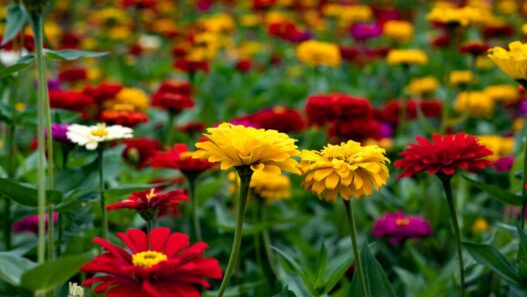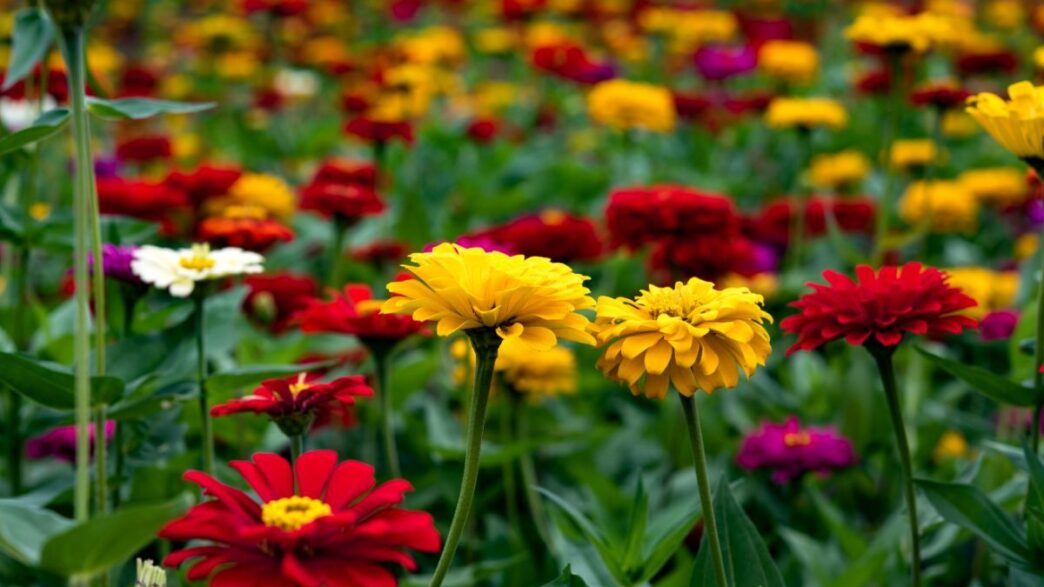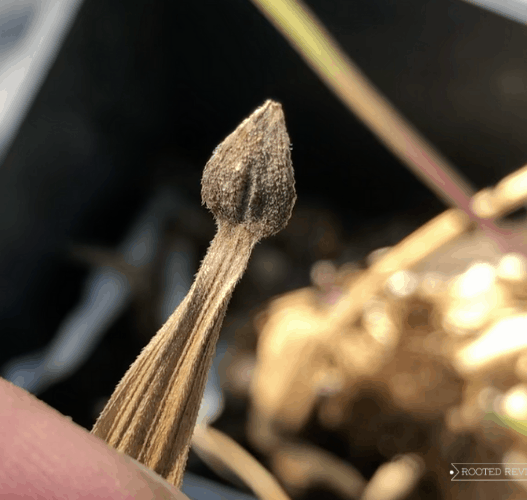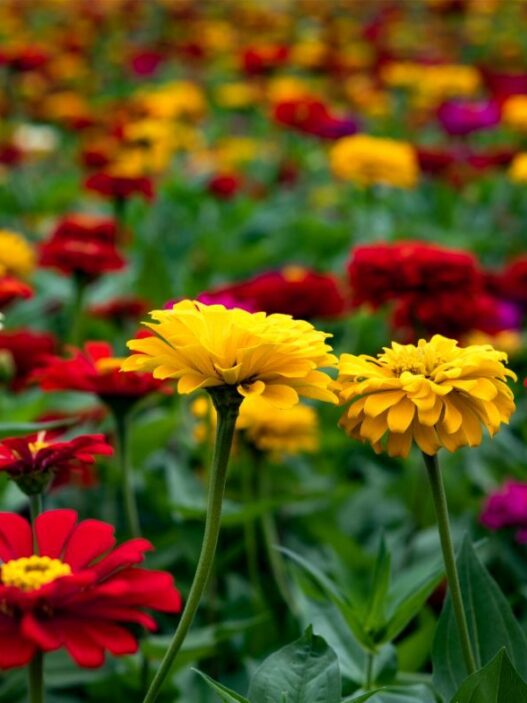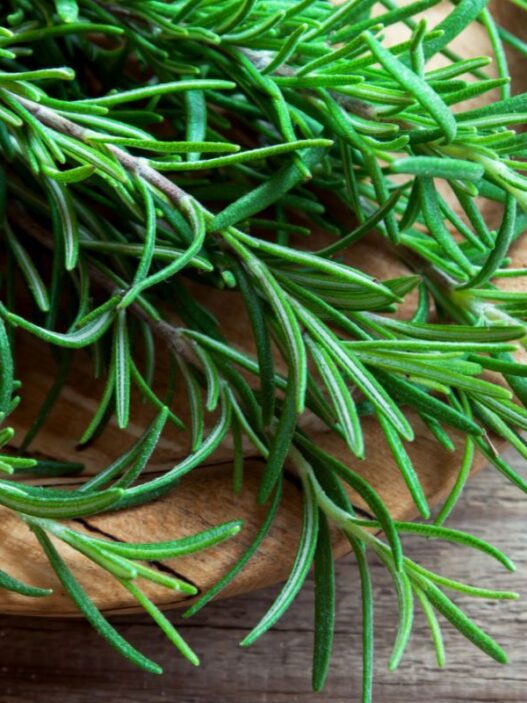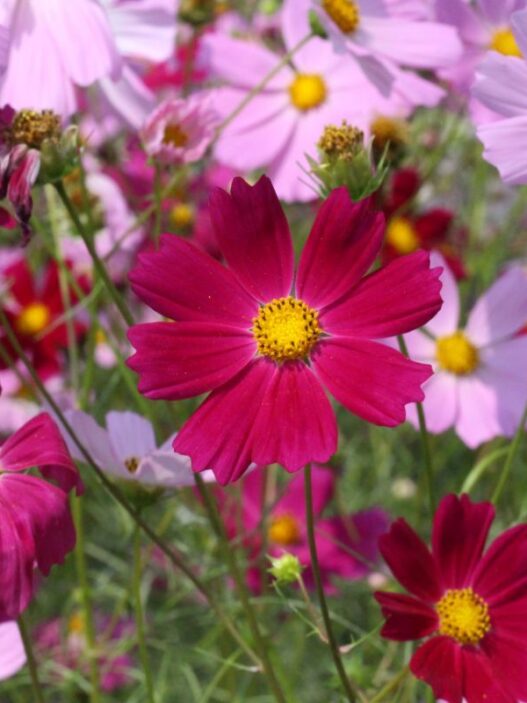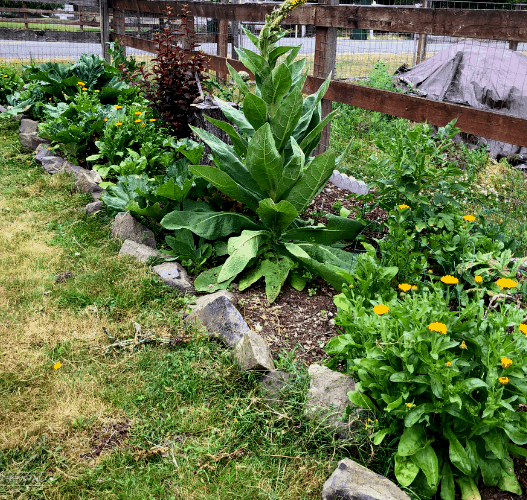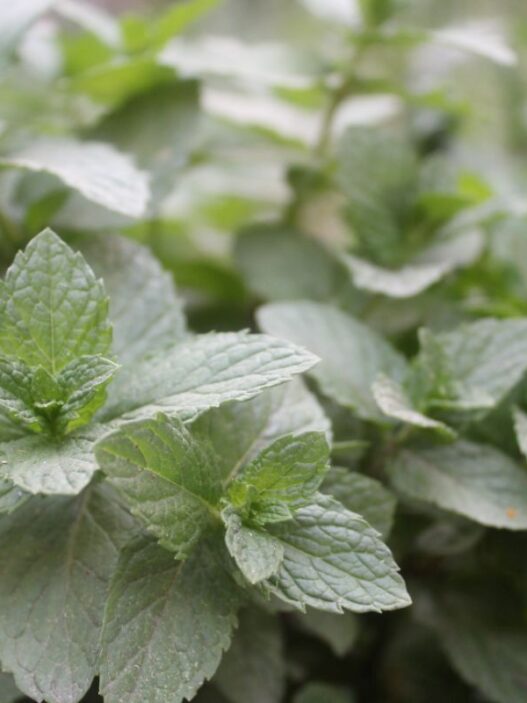Have you ever heard of the bugs that Zinnia repels? Do zinnias even repel insects? This gorgeous flower is an absolute beauty in more ways than one. It has the ability to beautify your garden with a myriad of vibrant colors, as well as keep some pesky critters at bay.
I must admit, I’ve grown Zinnias in my garden, and they’re not just pretty – they’re natural protectors. These lovely flowers keep my space safe against bothersome bugs like aphids, whiteflies, mosquitos, and ticks. This sweet-smelling shield adds tranquility to my indoor and outdoor spaces.
In this article, you can find:
- The four main bugs that zinnia repels
- Why they repel bugs, and how this works
- Any other top tips for using these gorgeous blooms in your garden
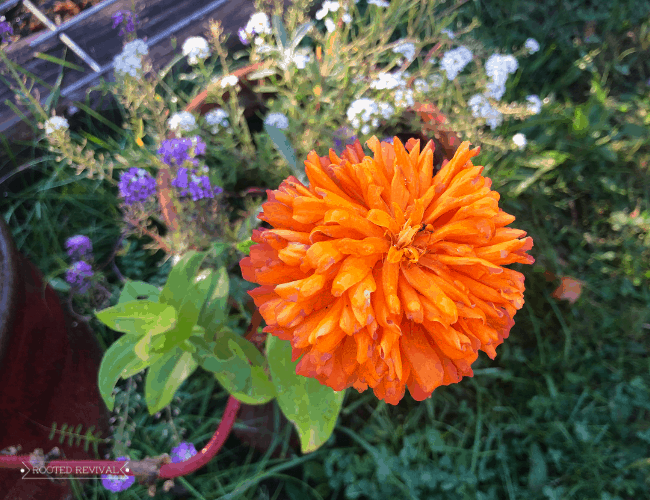
Do zinnias repel insects and bugs?
Yes, zinnias attract beneficial insects like ladybugs and pollinators, which keep harmful bugs away.
When you want a peaceful place without unwanted guests bothering you, the Zinnia flower becomes a surprising hero.
It has a special power that can naturally keep them away. It is due to substances known as VOCs (Volatile Organic Compounds).
These VOCs are released as a scent from the flower.
This particular scent is pleasant to humans but acts as a deterrent to many insects. The VOCs interfere with their sensory receptors – this makes it difficult for them to locate the plants and, in some cases, disrupt their feeding habits.
If you’re eager to discover what bugs Zinnia repels, then here we go…
1. Aphids
Are you tired of those pesky aphids causing trouble in your garden? Zinnias can be your secret weapon!
An effective hack to use the flower’s natural aphid-repelling power is by creating Zinnia-infused sprays.
Here’s what you have to do to make this spray:
Step 1 – start by gathering a handful of Zinnia leaves and petals.
Step 2 – Now, place them in a container and pour some water on top of them. (Pretty easy so far)
Step 3 – I’d say, let it sit for a day or two to allow the plant’s compounds to infuse into the water.
Step 4 – Finally, strain the mixture and pour the infused water into a spray bottle.
Now you have your very own Zinnia bug-repellent spray!
All you have to do now is to spray it onto the leaves of plants that are susceptible to aphid infestations.#
The aroma and compounds will act as an insecticide. It will make the plants far far less attractive to these annoying bugs.
I reapply the spray every week or after rain. This is mainly because its effectiveness can diminish over time (or after contact with water).
2. Whiteflies
Whiteflies can be a real nuisance in the garden (if you’ve not noticed)!
They cause the leaves to turn yellow, wither, and even die due to their sap-sucking habits. Their excreted honeydew attracts sooty mold, which can harm the overall health of your plants.
And… We are happy that Zinnias come to the rescue with their amazing repellent properties in such times!
One superb technique to harness the power of Zinnia is to opt for companion planting. I usually select plants that thrive alongside Zinnias and complement their bug-repelling properties.
While thinking of it, Marigolds and Nasturtiums come straight to my mind as the best options!
Well, simply interplant them with your Zinnias, and their scent will do wonders to create an aromatic barrier that deters whiteflies from settling anywhere near your garden.
You will surely show those whiteflies the exit door and enjoy a pest-free, thriving garden.
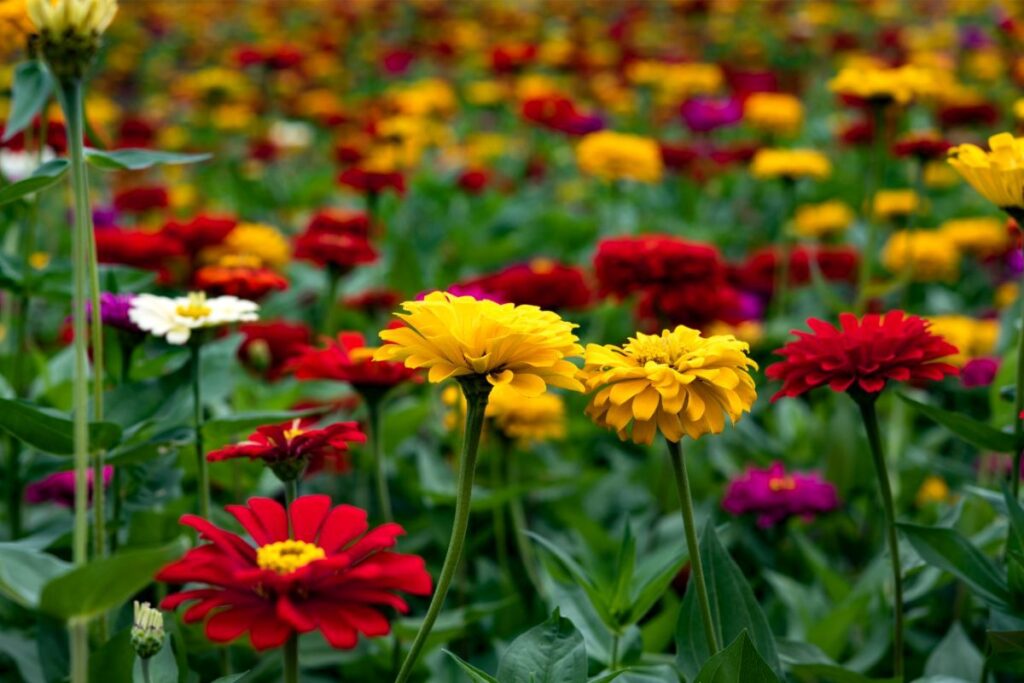
3. Mosquitos
Mosquitoes (those little devils) are notorious for their itchy bites and have a great potential to transmit diseases.
They often intrude on your outdoor and indoor spaces and can make your life a living hell.
Zinnias, however, offer a natural and aesthetically pleasing solution to combat these pesky insects.
To take full advantage, I always consider planting Zinnias in my garden, on my balcony, or near outdoor sitting areas.
For an even more profound and potent effect, Zinnia-infused oil or candles are the best alternatives.
To create Zinnia-infused oil, do the following:
Step 1 – gently crush a handful of petals and add them to olive oil.
Step 2 – Now, let the mixture sit in a cool, dark place for a week or two.
Step 3 – Afterward, strain out the petals and transfer the mixture to a small bottle.
When you apply it on your skin thoroughly, mosquitoes will think hard again before getting close to you.
For candles, melt soy wax and add a few drops of Zinnia essential oil.
After burning them, they release a scent into the air and create a fragrant shield! It’s like placing a signboard for mosquitoes saying, “You’re not invited here anymore.”
4. Ticks
Ticks are tiny bugs that latch onto animals and people to drink blood. (Yowzer)
While these tiny vampires are great at doing what they do, they can spread diseases, too. But fear not; the mighty Zinnia Flower is here to lend a hand to get rid of them!
For excellent and quick results, you can concoct a DIY tick repellent.
Step 1 – First, take a handful of Zinnia petals and crush them up nicely.
Step 2 – The next thing to do is to put them into a type of oil that’s good for the skin; think of almond or jojoba oil.
Step 3 – Finally, let this mixture sit for about a week, then strain it by removing the Zinnia petals.
Now, you have your own organic tick pesticide that you can apply to your skin or on your pets as well!
A catch here is that I always do a patch test first to make sure my skin doesn’t react to the mixture.
Do zinnias have any health benefits?
Zinnias are not only good for repelling bugs but are also beneficial for your health.
Their antibacterial and anti-inflammatory properties support skin health and are used in folk medicine to get rid of stomach pain and malaria.
To add to the mix, you can arrange Zinnia in various styles to make a perfect gift out of them for special occasions.
Now it’s your turn to repel
Delving into the realm of gardening secrets, I uncovered 4 bugs that Zinnia repels. These colorful blooms don’t just paint a pretty picture – they also hold the power to keep pesky insects at bay.
I think of them as the unsung heroes that ensure your indoor and outdoor spaces stay balanced and free from aphids, whiteflies, mosquitoes, and ticks.
